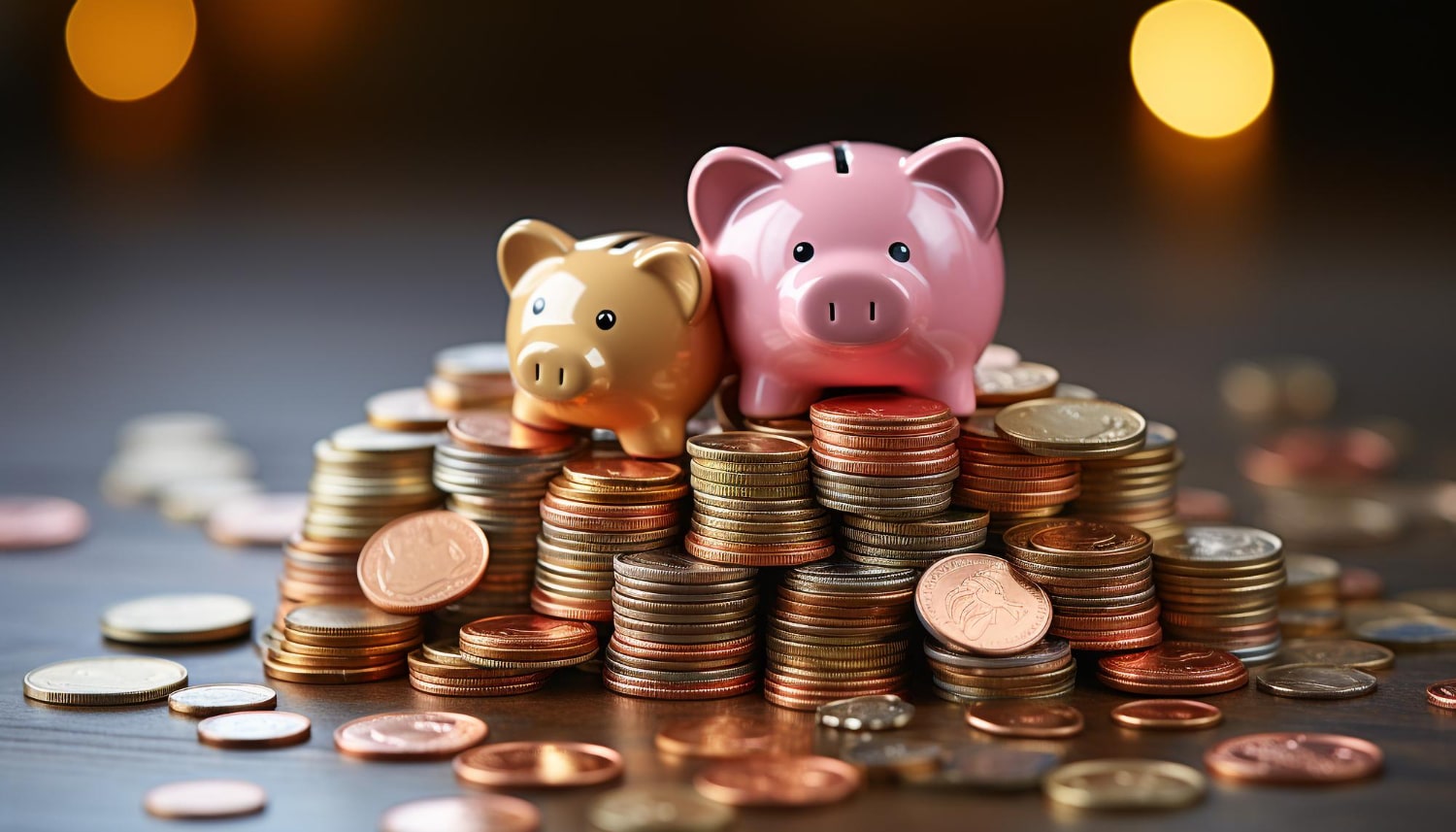Fixed deposits, the reliable haven for growing your savings with utmost safety, have been a favourite investment choice for many Indians. The appeal lies in their stability, as the interest rates on FDs remain unaffected by the unpredictable tides of the market. This assurance of steady returns over the investment period is what attracts countless individuals to this financial instrument. Yet, the question lingers: Do fixed deposit interest rates ever change?
Fixed deposit interest rates typically remain unchanged for the duration of the investment period, providing you with a predictable return on your investment. However, once the term expires, the interest rate for the renewed deposit may be different from the previous rate, depending on the prevailing market conditions & the policies of the institution.
In summary, if you have an existing fixed deposit, the interest rate will not change until the deposit matures. Let us take a closer look at the factors governing these rates and how they move to the rhythm of the economic landscape.
Are FD Rates Revised Frequently?
The frequency with which FD rates are revised is determined by the RBI's repo rate. Depending on inflation, fixed deposit account rates gradually increase or decrease. For a brief period, the Reserve Bank of India (RBI) lends money to commercial banks at an interest rate known as the repo rate.
The repo rate increase pushes up bank loan interest, which slows down consumer credit. If repo rates rise, the interest rates on fixed deposits also rise. Even when growing inflation is bringing in negative returns, some banks choose not to raise their deposit rates because it may hurt their bottom line.
Why are FD Interest Rates Revised?
-
Changes in the Repo Rate
The RBI extends short-term loans to commercial banks at a specific interest rate called the repo rate. This rate undergoes periodic evaluations and revisions based on economic conditions. When inflation is on the rise, the RBI might increase the repo rate to discourage excessive borrowing, thereby taming inflationary pressures. In such instances, FD interest rates are also likely to climb higher. Conversely, during times of economic slowdown or when the government aims to boost growth, the RBI might reduce the repo rate. As a ripple effect, FD rates tend to dip in such scenarios.
-
The Flow of Liquidity
The availability of liquidity plays a crucial role in shaping FD rates. In situations where financial entities face a shortage of funds, they may turn to retail FDs to meet their cash flow needs. During such periods, financial institutions may increase FD rates to attract more deposits. Conversely, when liquidity is ample, the need for retail FDs decreases, leading to little to no increase in FD interest rates.
-
The Credit Demand
The general demand for credit in the economy also exerts its influence on FD interest rates. When there is a surge in credit demand, banks tend to raise FD rates to entice depositors. Conversely, during periods of reduced credit demand, financial institutions might cut interest rates on fixed deposits.
-
The Call Money Factor
Banks often resort to calling money to address asset-liability mismatches and meet reserve requirements like CRR and SLR. The fluctuations in call money rates, arising from sudden liquidity demands, can also affect FD rates.
-
The Entity's Profitability
Even when the repo rate changes, not all financial entities revise their FD interest rates in sync. The extent of the rate adjustment can vary from one institution to another, depending on their profitability margins. Entities with higher profitability may offer modest increases in FD interest rates when the repo rate rises but might significantly reduce them when the repo rate falls. Conversely, institutions with lower profitability might opt for more substantial FD interest rate hikes during repo rate hikes.
Will Fixed Deposit Rates Increase?
In seeking an answer to this pressing question, we must keep a watchful eye on the trend of repo rate shifts. The RBI and the Union Government bear the crucial responsibility of safeguarding and stimulating the country's economy. To this end, the RBI's Monetary Policy Committee (MPC) deliberates and decides on the repo rate, which serves as a benchmark for various financial institutions. Thus, an increase in FD interest rates is typically an outcome of a repo rate hike aimed at curbing inflation and absorbing liquidity.
Conversely, during deflation or economic slowdown, the RBI might decrease the repo rate to infuse liquidity and boost credit availability. Given recent trends, where repo rates saw an uptick and further increases are projected, it is reasonable to anticipate an increase in FD rates as well.
What Should You Do in Response to FD Rate Changes?
In times of rising FD interest rates, it is beneficial to consider short-term FDs, as they see a greater increase in rates compared to long-term FDs. Once inflation settles, long-term FDs become more appealing, offering better returns. Additionally, you can adopt an FD laddering strategy, breaking a large deposit into smaller portions with different periods. This approach offers periodic liquidity while capitalizing on the fluctuating interest rates, leading to better returns upon reinvestment for longer terms.
Furthermore, be mindful of high volatility; opt for short-term FDs during such periods and embrace longer-term FDs when deposit interest rates soar. However, refrain from locking money for extended durations in debt instruments during inflationary times.
FAQs
-
How often do FD rates change?
The fluctuation of FD rates is primarily influenced by the RBI’s repo rate and the prevailing economic conditions. In simple terms, whenever there is a change in the repo rate, FD rates are likely to be affected. However, it’s essential to note that some FD issuers may not immediately adjust their fixed deposit rates.
-
Will FD rates always increase when the repo rate rises?
Contrary to common belief, banks and financial institutions are not obligated to increase FD rates in response to a rise in the repo rate.
-
Should I withdraw from my current FD if there is an increase in FD rates?
Before making a decision, consider the penalty for premature withdrawal compared to the expected returns from a new FD with higher rates. Additionally, evaluate whether FD rates are expected to continue rising. If they are, it might be prudent to hold off on withdrawing until the frequency of rate increases stabilizes. Another strategy is to ladder your FDs, which means spreading your investments across multiple FDs with different maturity periods to take advantage of potential rising FD rates.







